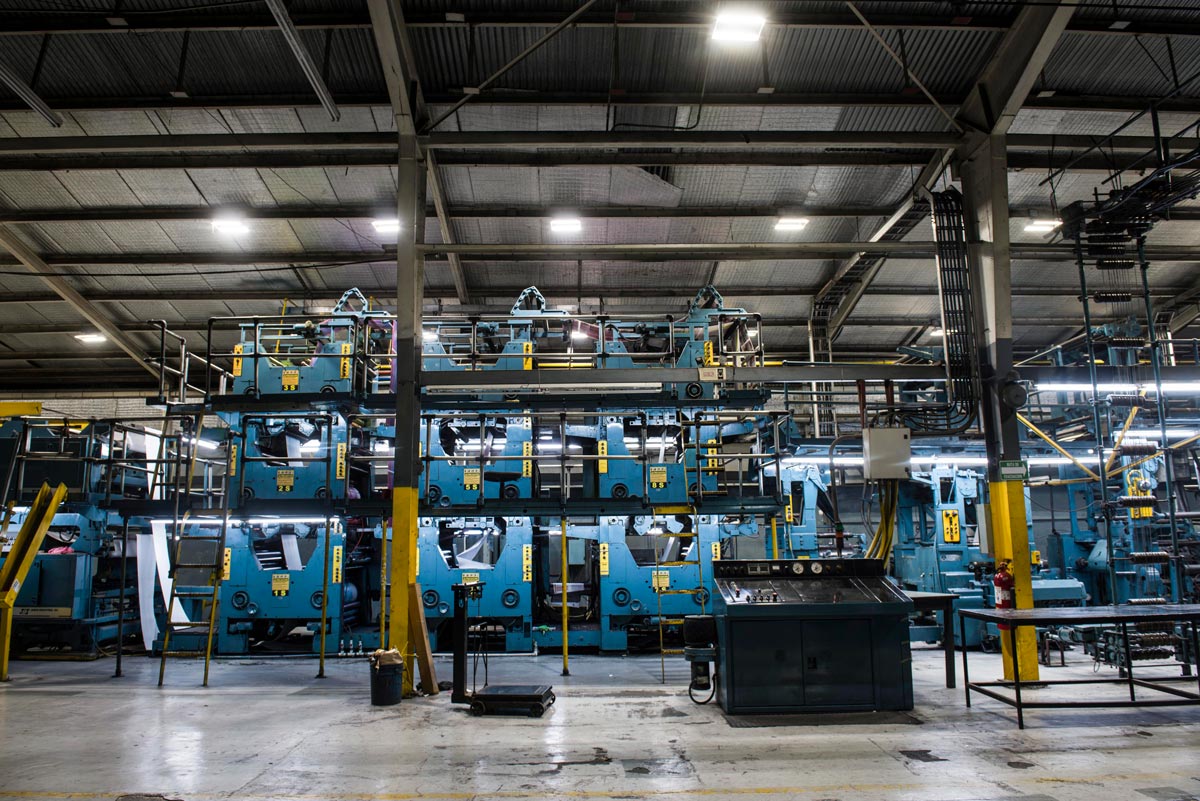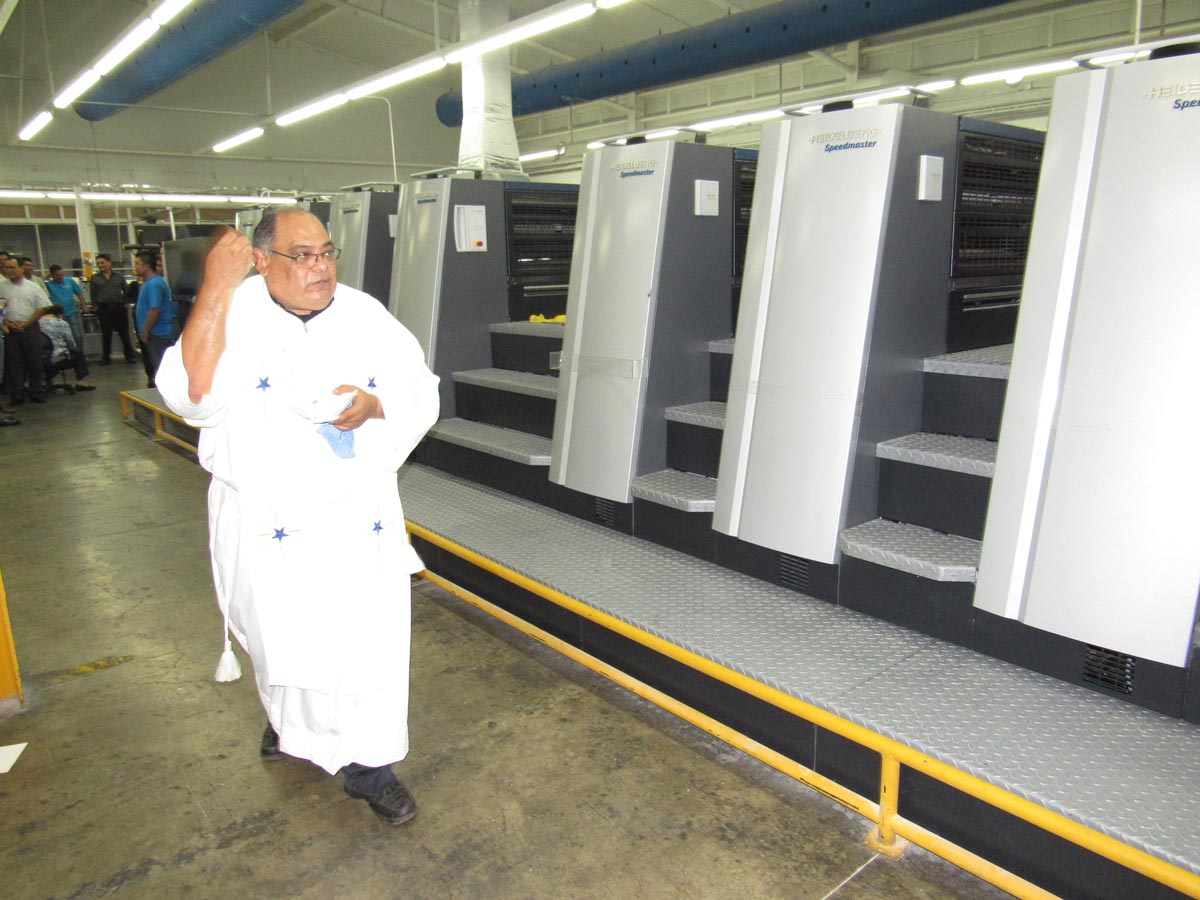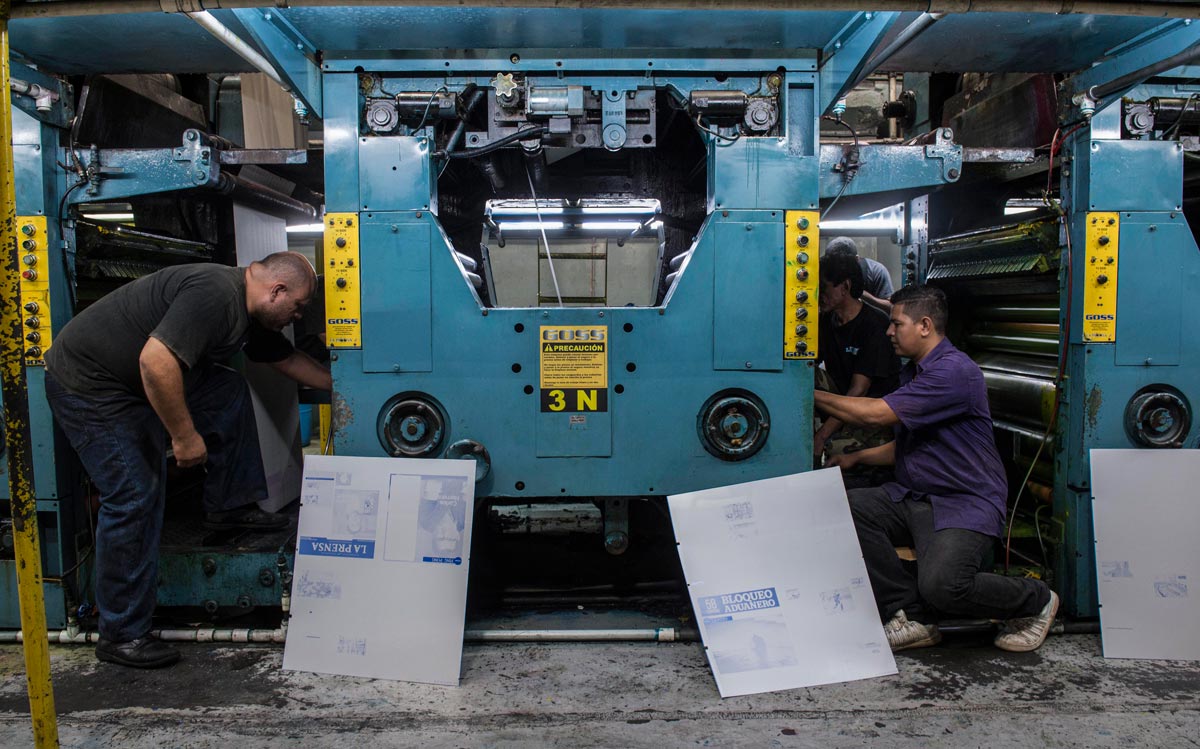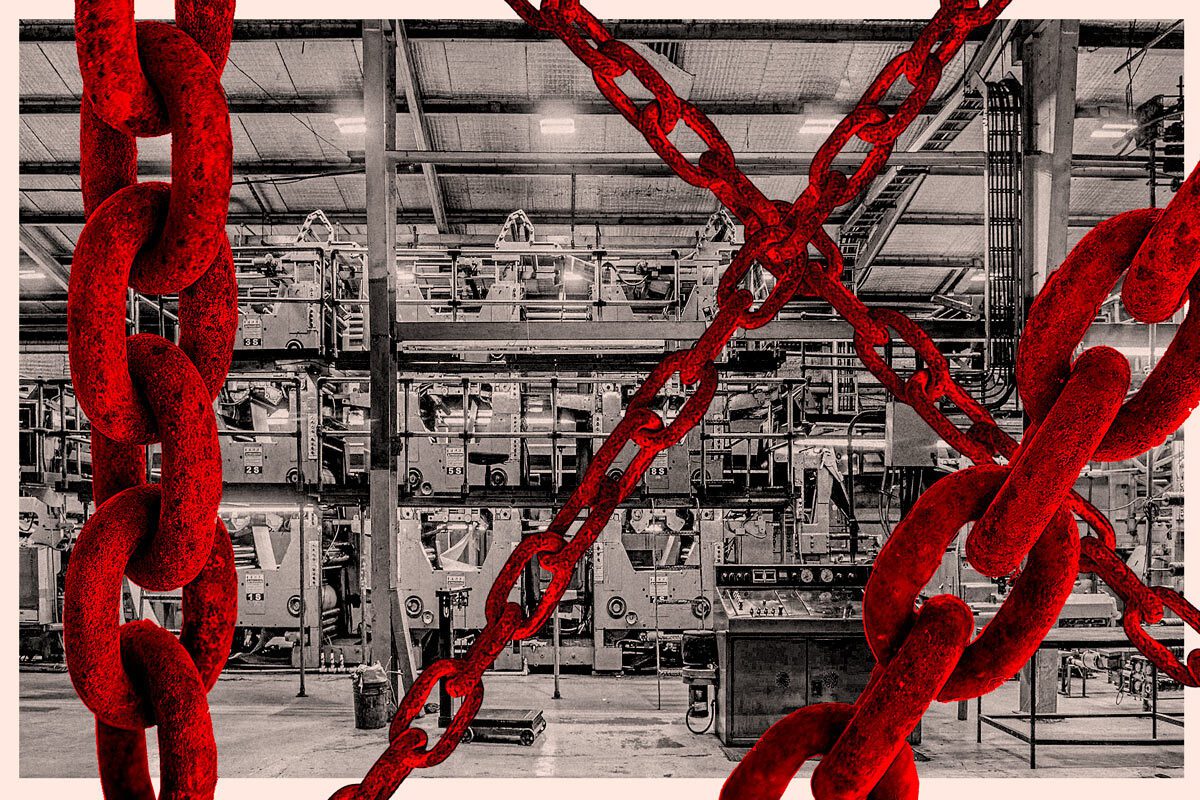In the facilities of the newspaper La Prensa there are two offset presses which, before being confiscated, used to print various journalistic and commercial materials. One is the rotary press, which at its peak, printed up to 56,000 newspapers a day for distribution in 147 municipalities in Nicaragua. The other is the commercial printing press, where magazines, supplements, supermarket advertising, movie listings, among other company brochures, school books of the Ministry of Education (Mined) and special magazines of the Nicaraguan Army were printed. The reason why even the latter institutions, which support the regime of Daniel Ortega and Rosario Murillo, hired their services “is very simple”, says a source who worked in this printing plant until its closure: “La Prensa’s commercial printing plant was one of the best in Central America”.
The industrial plant of the newspaper La Prensa was confiscated on August 13, 2021, three months before the elections in which Ortega and Murillo self-elected themselves for another five-year presidential term, during a repression increase in which more than 50 opponents were captured. The authorities justified the seizure by the Police based on an alleged investigation by Customs, the Attorney General’s Office and the Public Prosecutor’s Office. After the search of the facilities, the Police detained the manager of the newspaper, Juan Lorenzo Holmann, in the Judicial Assistance Directorate (DAJ), known as El Chipote, where he remained for a year and a half until he was exiled and stripped of his nationality in February of this year.

Holmann assures that during his “judicial process”, which resulted in a nine-year prison sentence against him for alleged money laundering, the newspaper La Prensa, as a company, was never part of the trial nor was there any direct charge against it. Holmann was convicted as a natural person. However, Judge Nadia Camila Tardencilla, in charge of the case, ruled that all the occupied assets be kept under custody. After Holmann’s exile, last February, the judge modified the sentence to include the properties of La Prensa.
It should be noted that Article 44 of the Nicaraguan Constitution prohibits “the confiscation of property” and establishes that officials who violate this rule “shall respond with their property at all times for the damages incurred”. It also states that the right of “private ownership of movable and immovable property of the instruments of production” is guaranteed. The State can only take private property when the law allows it, and with prior compensation to those affected.
However, in the place where the facilities of La Prensa used to be, the regime inaugurated, last April 19, the José Coronel Urtecho Cultural and Polytechnic Center, where specialized courses on culture, art, heritage, creative economy and technical careers are taught, according to official propaganda. The confiscation or transfer of assets to the State was not published in the official newspaper La Gaceta, nor was any notification issued to the Board of Directors of La Prensa.
La Prensa machinery

Since August 2021, La Prensa has only been published digitally. The newspaper’s directors estimate the losses from the seizure of the newspaper at more than US$20 million. This estimate includes the land and assets that were inside at the time of the seizure. However, they also emphasize that it is necessary to calculate the loss of profits since 2018, that is, the profits that the newspaper has ceased to receive as a direct result of the aggressions and the customs embargoes on the equipment, which were made for three years, and which hindered the release of paper and ink, among other supplies.
One of the most valuable machines is the Goss Urbanite press, which is about 50 meters long and 3 meters high. The current market value of this machine is around $2,000,000. It has 18 rotor and sprocket modules. The floor where it is mounted alone can cost $70,000 because it is made of a special material, reinforced with concrete and steel. The company acquired this press in 1954, when it only had four modules. However, over the last 30 years, 14 more modules have been added, among other improvements. In its heyday, La Prensa’s press ran for six hours at a time. But in recent years, when the regime withheld the newspaper’s supplies, it only operated for two hours a day.

The other machine is the flat printing press, whose value is around $3,800,000. It was used for commercial jobs, most of them external, such as magazines, books, brochures, leaflets, flyers, electoral ballots, advertising, among other products. This machine was capable of printing large quantities of books in a short time. It obtained bids to produce books from the Ministry of Education, whose financing comes from international cooperation. In recent years, international organizations have allocated up to $4,000,000 in books annually.
According to information published by La Prensa in February of this year, the regime would activate both machines, but it was not detailed with what purpose. The sources revealed that the regime contacted the former operators, who became unemployed as a result of the newspaper’s closure, to get them to return to work. There are few people in the country with the skills to operate a press and special commercial printing equipment. There are also not many printing presses with the capacity and quality of La Prensa, so the regime would also be keeping the monopoly of this business in the country.
After 97 years of existence, La Prensa has not ceased to receive attacks and confiscations against both its personnel and its facilities. After the 1972 earthquake, the new complex on the North highway was inaugurated. In 1979, it suffered the bombings ordered by Anastasio Somoza Debayle. In the eighties, censorship and closures by the government of the Sandinista revolution. And now, in 2023, the Ortega-Murillo regime has confiscated it to install a technical and artistic training center.
The government claims to have invested some $7,000,000 in the center, which has 49 educational areas for art and culture, among other disciplines. In addition, 10 computer laboratories have been installed. The official propaganda announced that 210 courses and technical careers in painting, mural painting, theater, dance or languages will be offered.
La Prensa has already become a historical place, showing the comings and goings of Nicaragua’s evolution.





